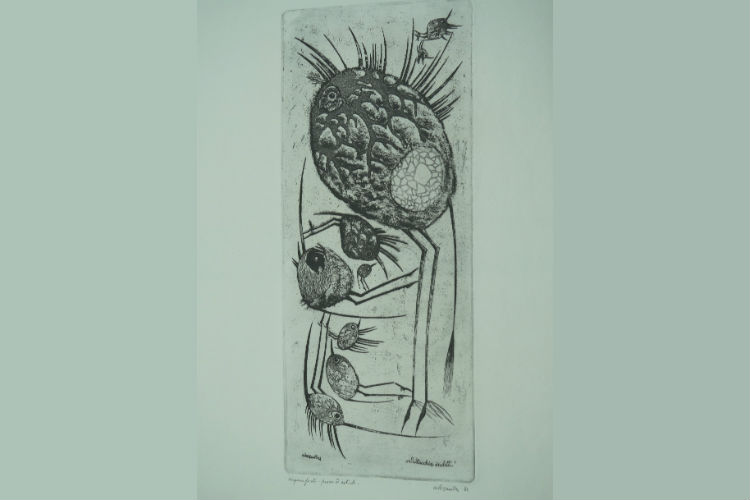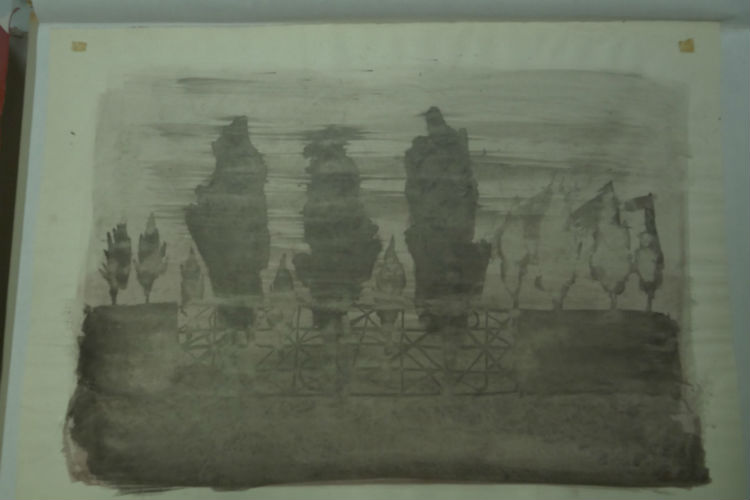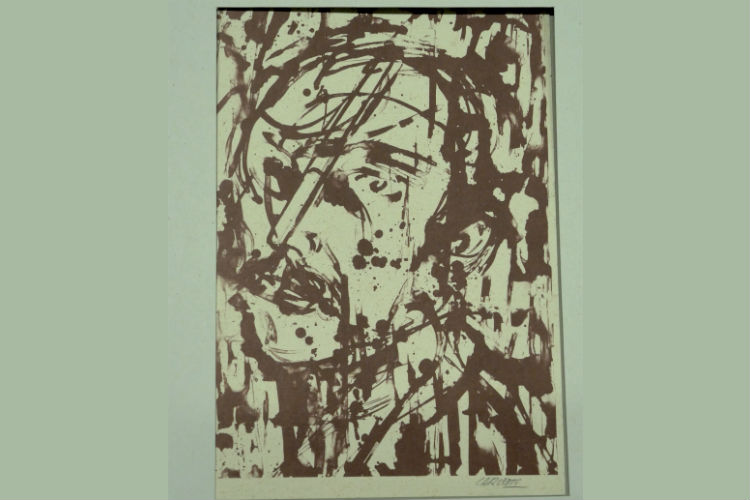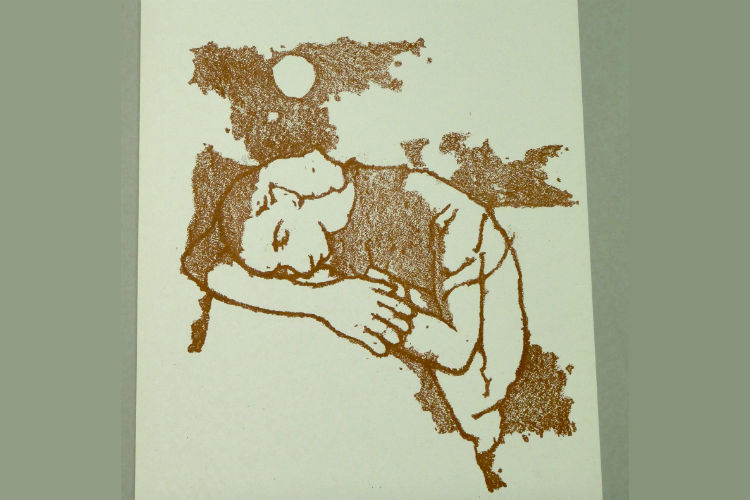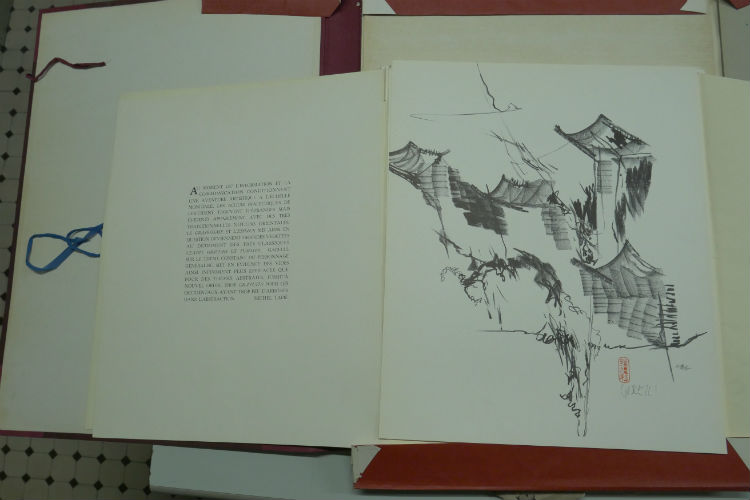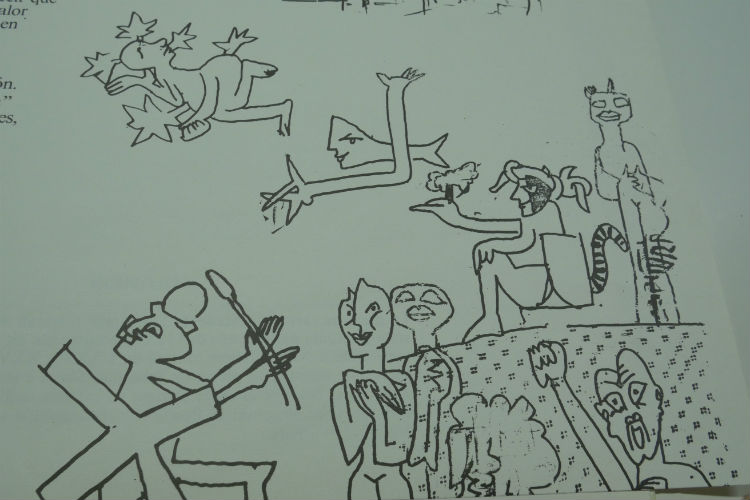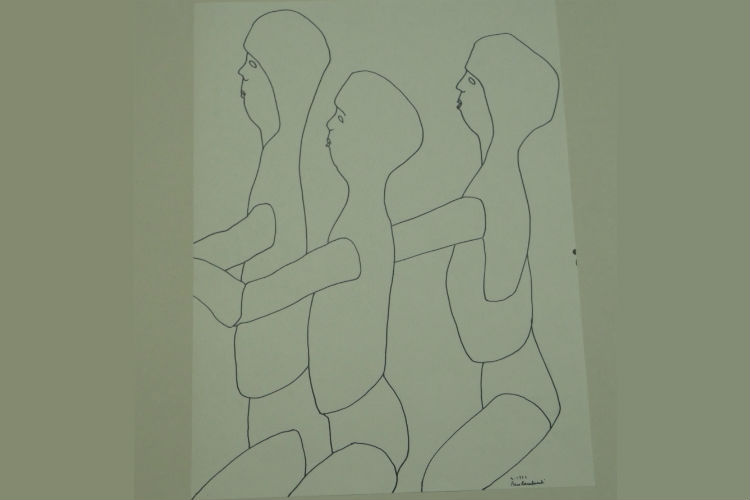Versione italiana English version Version française Versión en español
The library preserves a collection of works made up of calcographs, drawings, watercolors, serigraphs, woodcuts and lithographs, unified by the paper support and above all by the tastes and predilections of a couple of collectors of exception, that formed it in the '50s and '60s of the twentieth century. The art critic Angelo Dragone (1921-2004) and his wife Jolanda were a close-knit couple of scholars, from the beginning with the volume still important and consulted on the "Piedmontese landscape of the nineteenth century" (1947) and then for many years of association in the name of art and militant criticism. Dragone became in 1959 art critic of "La Stampa", and in that capacity, but also as a free scholar, followed step by step the evolution of art, especially Piedmontese but not only, in the crucial post-war years and then for decades, analysing and accompanying the results of several generations of artists. The result, materialized in hundreds of writings, articles, books, and public interventions at presentations, as well as cultural projects, is now on deposit at the State Archives of Turin, thanks mainly to the careful care of his son Piergiorgio. Different was the fate of this important collection of graphics, which as a whole reflects very well the interests and predilections of the critic matured over the years. Some of the names in the catalogue of the collection reflect in fact the work of Angelo Dragone, have a corresponding in the studies and in the work of enhancement promoted by the critic.
We discover ancient predilections for a world of Turin and Piedmont developed a little' under trace in years of avant-garde and post-avant-garde (Cino Bozzetti, Ercole Dogliani, Piero Solavaggione), but also happy openings to the world in balance between figuration and abstraction, of which the best examples are perhaps the Japanese experiments of Franco Garelli, the imprinted and painted papers of Mastroianni, the dizzying chromatic tangle of Pinot Gallizio, and an eye towards expressionist themes, of which the series of test prints by Lorenzo Viani is perhaps the most touching example. But the exhibition, as you can see from the catalogue enclosed here, is very wide, and as a whole it outlines a wide-ranging image of the developments of graphic design in a chronologically central period for the twentieth century, It also constitutes a not secondary sample of techniques, often traditional, such as etchings, direct engravings, spikes, but also, in many cases, experimental. The collection was sold in the mid-60s by the Dragone family to the Cassa di Risparmio di Torino, which in turn gave it to the Province of Turin, with the explicit suggestion of depositing it at the Library. Some post-dated presences are the result of successive aggregations. In the mid-80's the sheets were the subject of a paper cataloguing, which fixed, for the location, the name "Graphic Arts", which, while identifying with precision the technical area, did wrong to the history of the entire collection, today renamed, without changing the old locations, under the relevant diction of "Jolanda and Angelo Dragone".
- Catalogue (pdf 179 KB)
Dragon collection abstract on:

